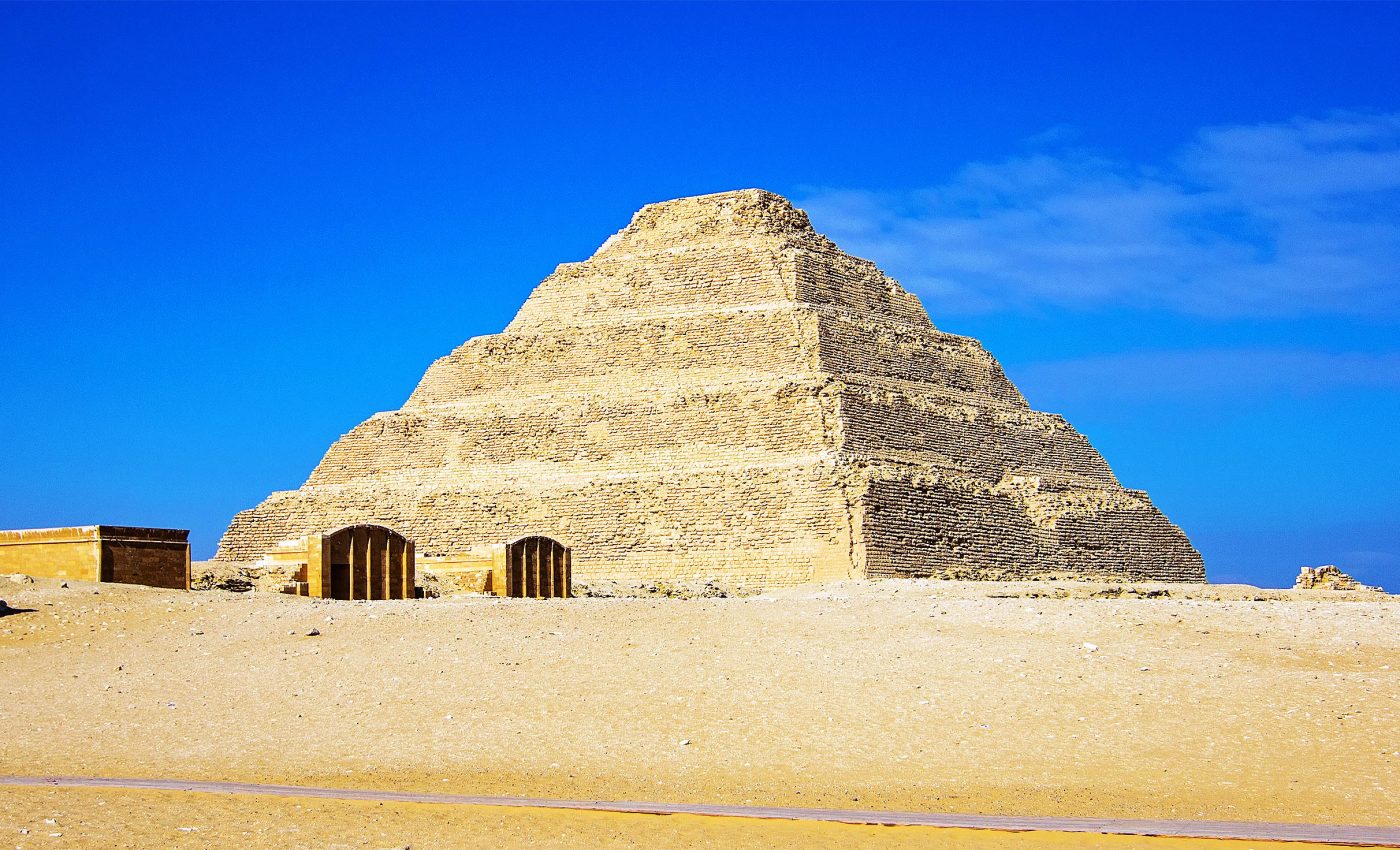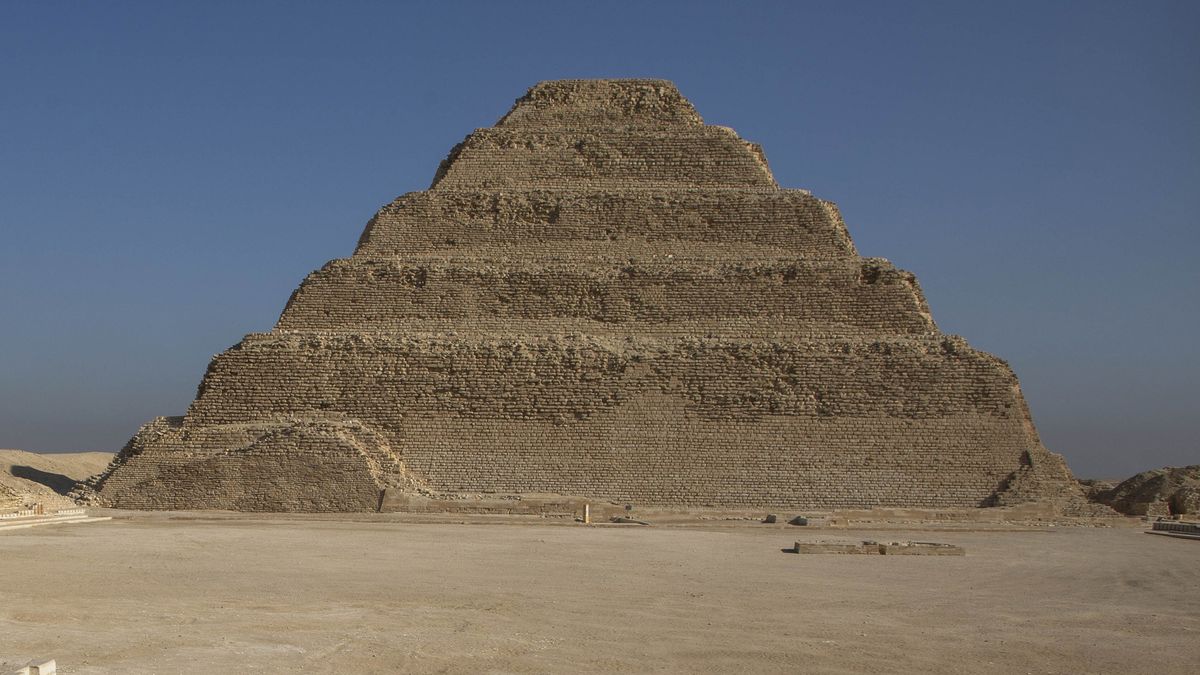Why the Summit of the Great Pyramid is Missing
### Summary of the Great Pyramid of Giza’s Missing Summit
#### Overview
The Great Pyramid of Giza, one of the most iconic structures of ancient Egypt, has a noticeably flat and wide summit compared to other pyramids, which retain a pointy peak. This flatness has led to various theories about a lost gilded capstone that may have been removed or stolen.
#### Historical Context
1. **Ancient Accounts**:
– Ancient historians **Diodorus Siculus** and **Pliny the Elder** noted that the summit of the Great Pyramid was flat during their time (1st Century BC and 1st Century AD, respectively). They provided measurements of the pyramid’s height and the dimensions of the summit.
– Diodorus reported that each side of the summit was approximately **6 cubits** (about 2.76 meters), while Pliny’s measurement indicated a perimeter of about **16.5 feet** (approximately 1.22 meters) for the platform.
2. **Early Observations**:
– These measurements suggest that the pyramid had lost some of its original height, estimated to be around **1.5 meters** (approximately three courses of stone).
– The missing stones likely came from the top or the pyramidal structure, which was significantly smaller than what might have been expected.
3. **Medieval Records**:
– **Abd al-Latif al-Baghdadi** (1200 AD) described the casing stones as intact and measured the summit at **10 Turkish cubits** (about 5.78 meters), indicating that more stones had been removed over time, totaling about **3.68 meters** or seven courses of stone.
– By **1395**, visitors reported large-scale removal of casing stones, suggesting that the pyramid was used as a quarry for construction, particularly after an earthquake damaged Cairo.

4. **Challenges of Measurement**:
– After the casing stones were removed, measuring the height of the pyramid became unreliable. Many visitors counted the visible stone courses, which were often inconsistent due to varying stone sizes and climbing routes.
– Egyptologist **Georia Goyen** found that visitors’ measurements were often inaccurate because different climbing paths yielded different counts.
5. **Key Testimonies**:
– **Nathaniel Davidson** (1765) provided some of the most accurate measurements, noting that the top course was exceptionally tall, about **1 meter**, suggesting that fewer courses had been removed than previously thought.
– Davidson’s measurements indicated that while the top was somewhat damaged, the significant alterations likely occurred earlier, with only a few courses missing before his time.
#### Conclusion
– The video suggests that throughout its history, the Great Pyramid experienced gradual erosion and stone removal:
– **Initial Period (first 2500 years)**: Only about **three courses** of height were removed.
– **Medieval Period (next 1200 years)**: Approximately **four additional courses** were taken off, mostly during the removal of casing stones.
The distinctive flat summit of the Great Pyramid is thus attributed to both historical erosion and human activity, rather than a singular catastrophic event. The oversized blocks at the summit may have played a role in protecting the structure from further destruction, illustrating the complex interplay of natural and human factors in the pyramid’s history.
#### Visuals and Illustrations
– The video includes diagrams and historical illustrations to demonstrate the measurements and changes to the pyramid over time, emphasizing the significance of accurate historical accounts and archaeological interpretations.









